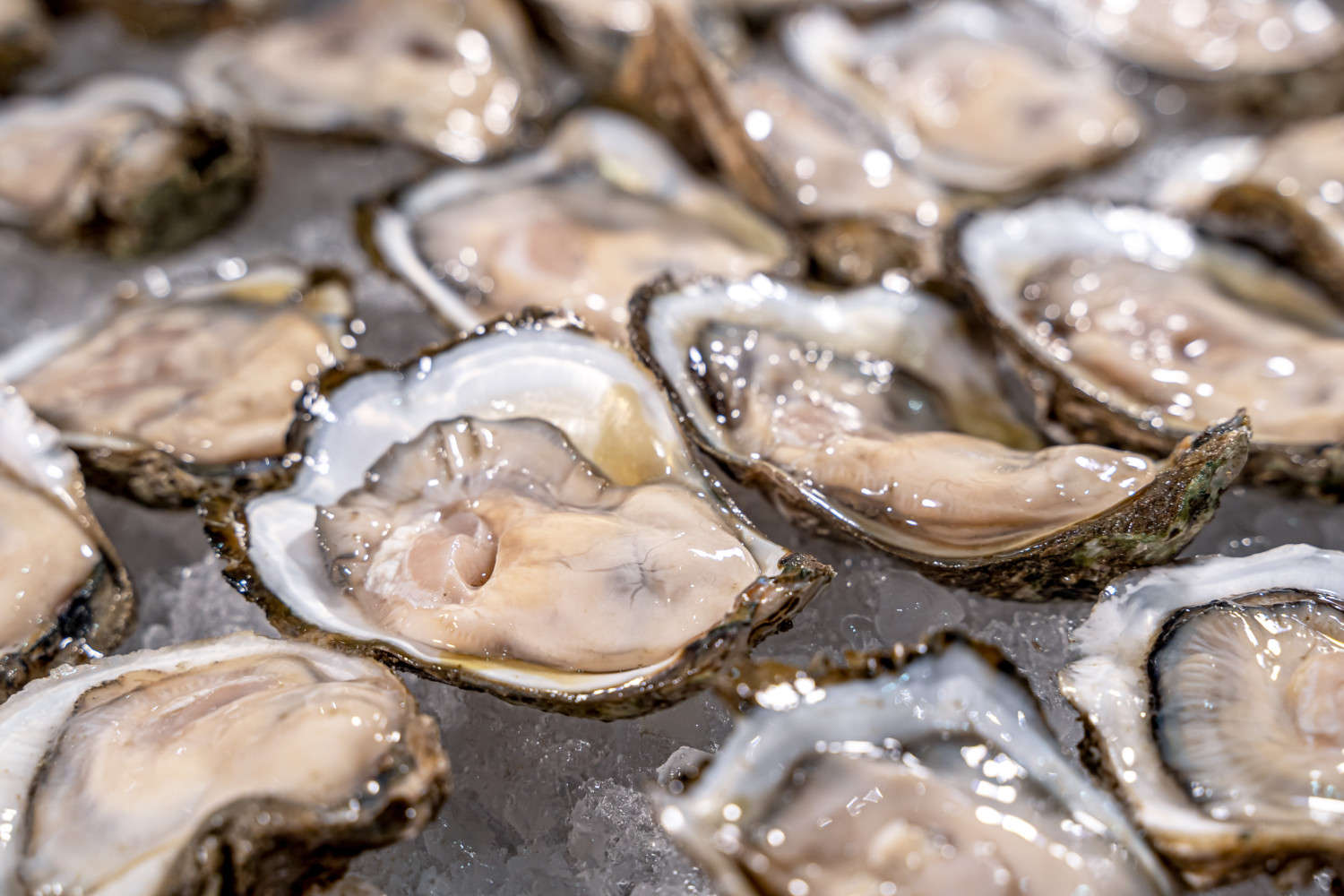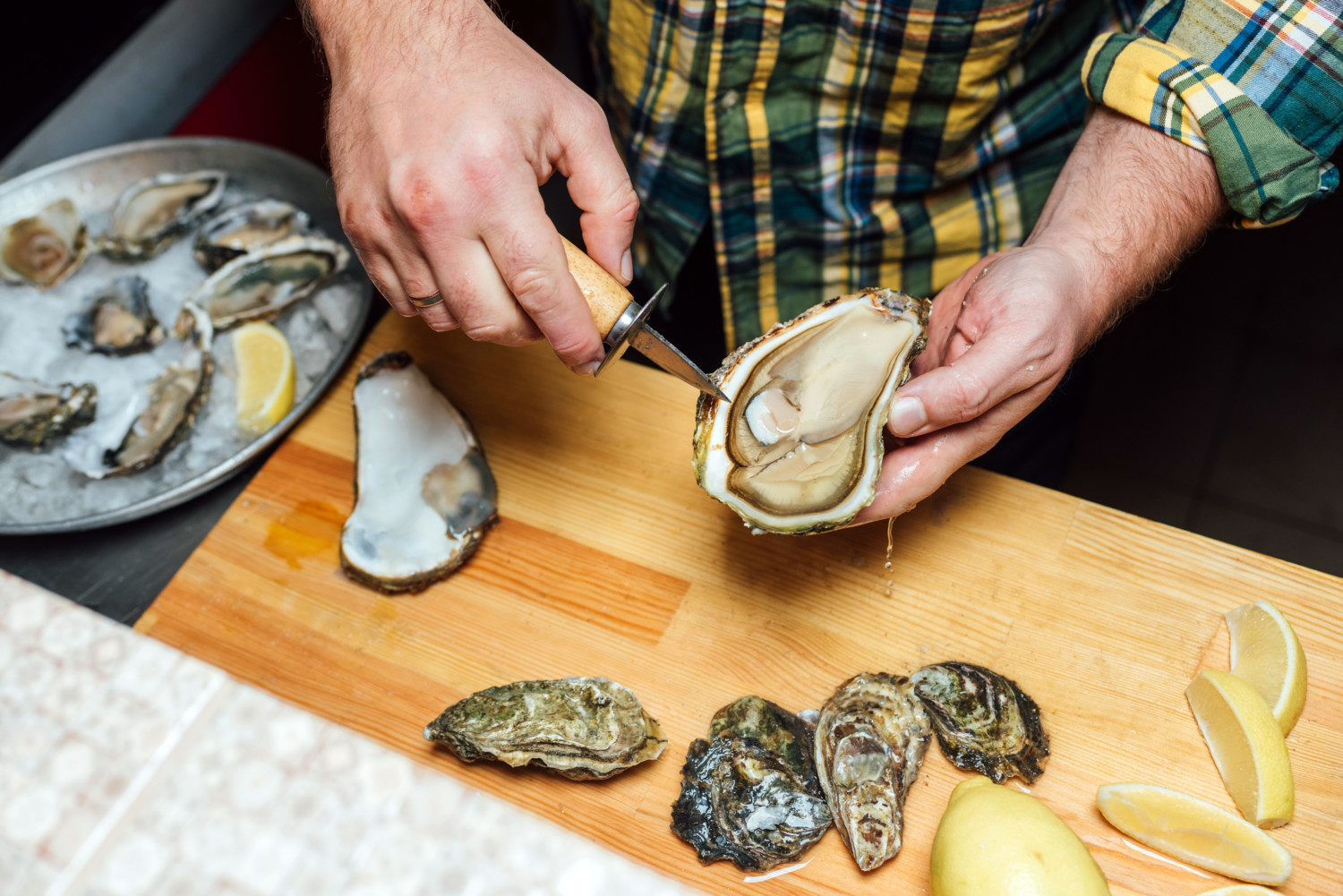There’s nothing like an ice-cold platter of fresh oysters to make a meal special. The delicate bivalves have been having a moment in recent years, so if you’re new to the delicacy, you may have heard an alarming warning: Don’t eat oysters in months without an “R” in their name.
That means the warmest spring and summer months — when you most want to be eating light, chilled foods! — are supposedly risky for raw oyster enjoyment. But there’s a twist.
It’s not really true. At least, not anymore.

There was a time when the saying was a good rule of thumb. Some researchers think this guidance was being followed as long as 4,000 years ago.
For one thing, wild oysters use the summertime as their reproductive season. Eat too many newborn oysters, and you won’t have many left the rest of the year.
Algae blooms and bacteria love warmer water, too, raising the risk of serious food poisoning. The bacterium Vibrio vulnificus is potentially life-threatening and thrives in summer, especially in the Gulf of Mexico. It can’t be detected in oysters by smell or taste.
Research indicates that even thousands of years ago, Indigenous peoples in North America gave oysters the summer off, and only began harvesting in the fall.
They may have wanted to avoid illness, or to protect future harvests, or simply realized that summertime oyster spawn don’t taste very good. (In the words of oyster expert Rowan Jacobsen at the Kitchn, wild oysters getting ready to reproduce are “soft and rank.” Ew.)

In the modern world, however, some of these factors aren’t as worrisome. For one, most oysters you find in stores and restaurants have been farmed, meaning they’ve been raised in controlled environments with legal safety standards to meet. And many oyster farms are located in cold-weather areas.
For another, modern storage and transportation methods keep the oysters as fresh as possible after harvest.
“Oysters have to be refrigerated the moment they come out of the water, and stored at that temperature all the way to your plate, so safety is less of an issue,” Jacobsen said.

If you want to keep it old-school and avoid raw oysters in the summer, feel free — tradition can be fun, after all. But you can also break free of all that and order a midsummer seafood tower without needless worry. Viva science!
[H/t: Southern Living]
This story originally appeared on Simplemost. Checkout Simplemost for additional stories.


